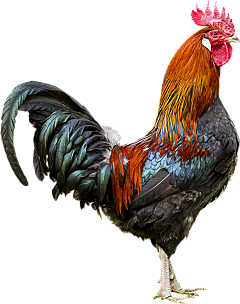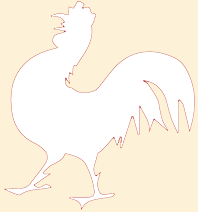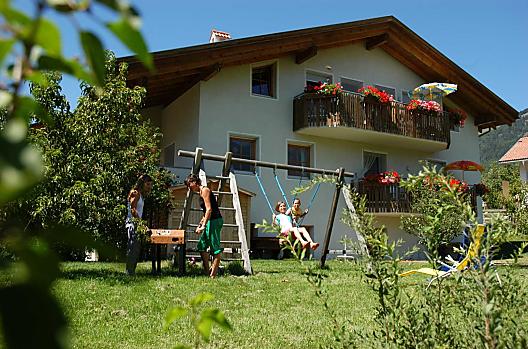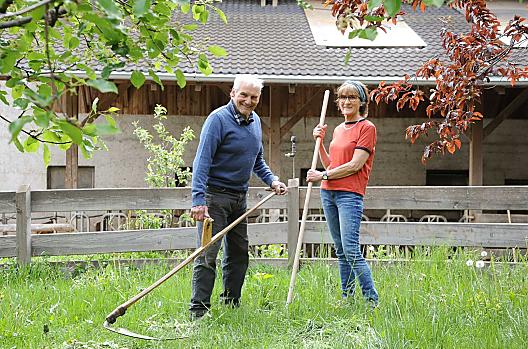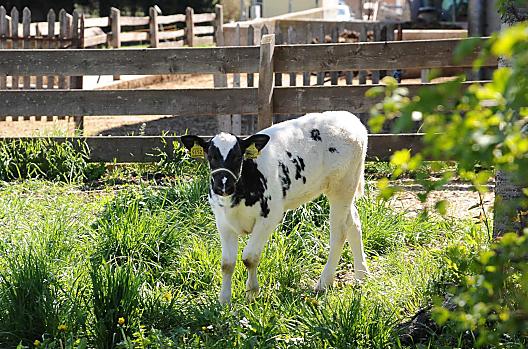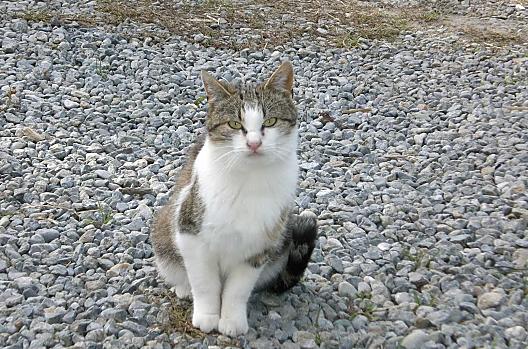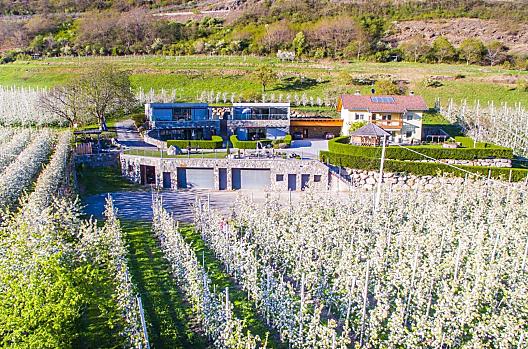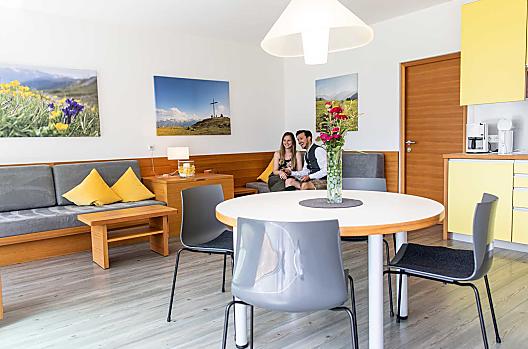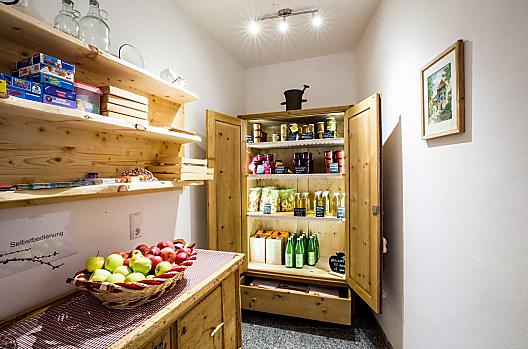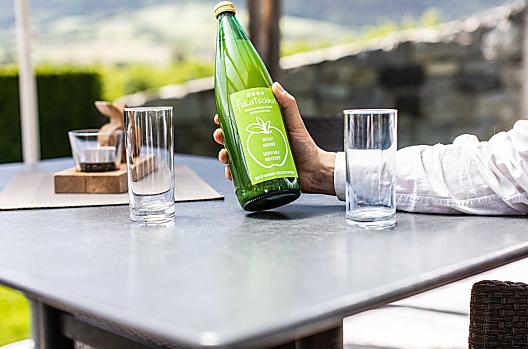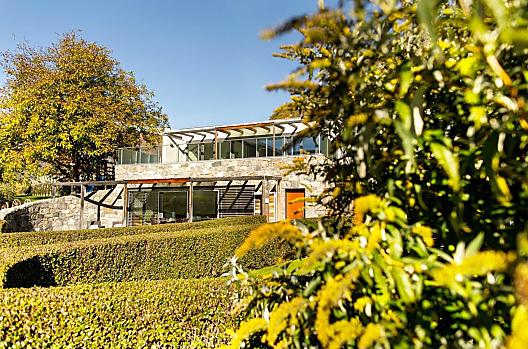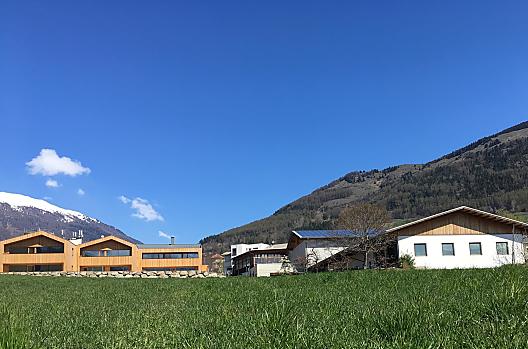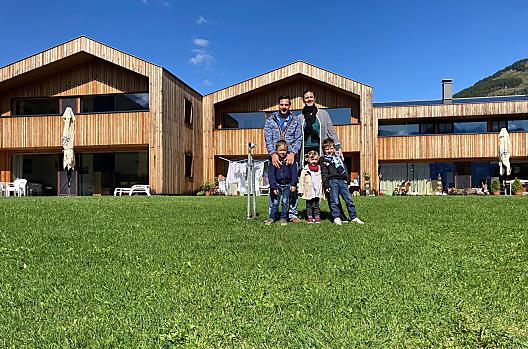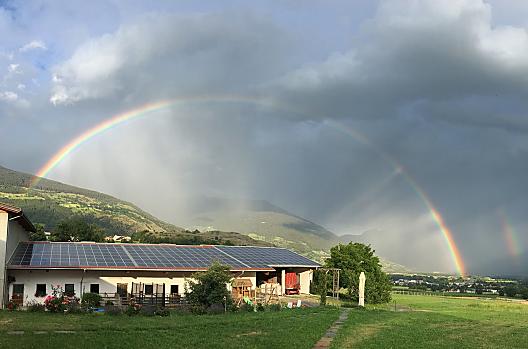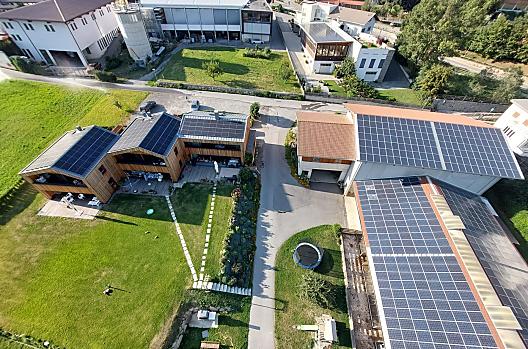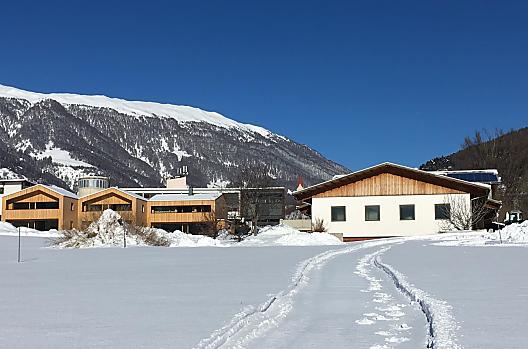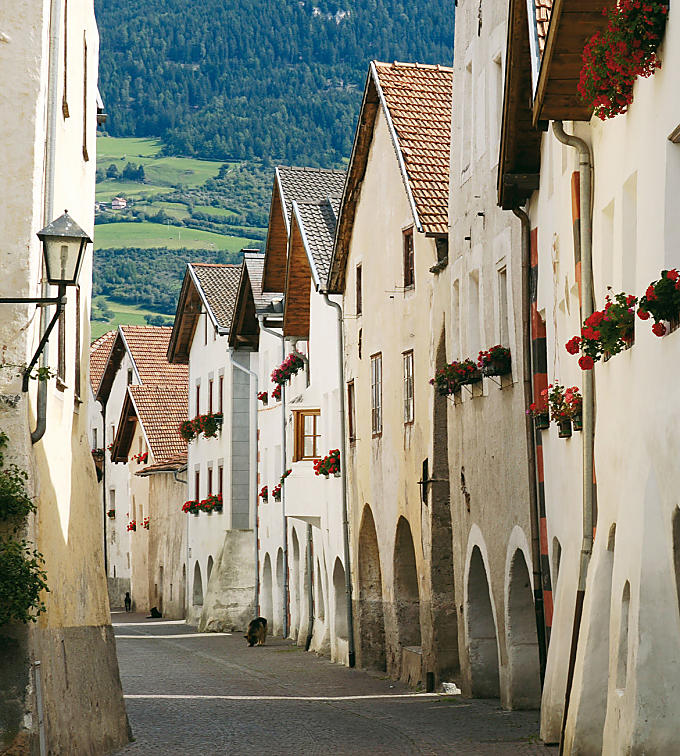
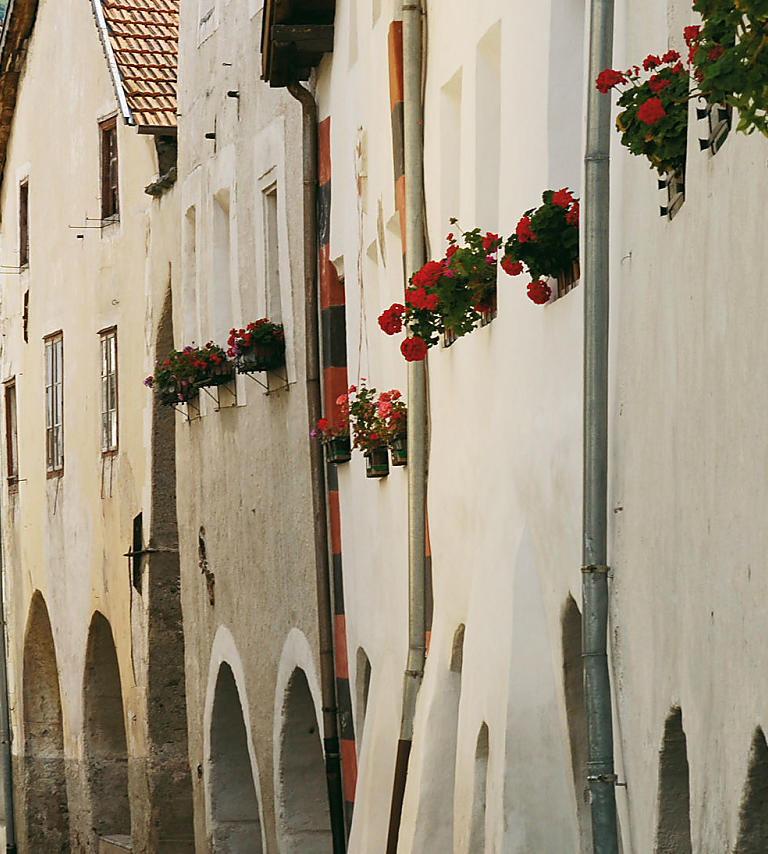
Day trip destination
Glurns: tracking down the Middle Ages
The little town of Glurns lies in Upper Vinschgau and is well worth a trip, with its picturesque alleyways and a varied cultural program.
This medieval town has a long history. Glurns was first mentioned in records in 1163 and Meinhard II granted Glurns the right to hold a market in 1291. St. Bartholomew's Market became well known for miles around and still takes place every year on 24th August. When the town was plundered and set alight in 1499 following the Battle of Calven during the Swabian War, the decision to build defences to protect the town was made. The town wall is still intact today and may be visited.
Tours of the town
Glurns is so small that you can easily explore it on foot and visitors can follow the traces of bygone times. The themed guided tours through Glurns provide a unique opportunity to experience the town. There is a tour through the town for families, where children can wonder at the clattering town mill. Let yourself be transported back in time whilst wandering beneath the arcades and through the narrow alleyways or lingering on the market square with its fountain.
The town's most famous son
Glurns is especially proud of being the birthplace of the artist Paul Flora, who died in 2009 and is buried in the graveyard there. A permanent exhibition on the life and works of the artist, who, even as a young artist, developed a style involving striking, ironic imagery, is on display in the tower of Tauferer Turm. He was known for his work as caricaturist for the weekly magazine, 'Die Zeit'.

'Sealamorkt' annual market
Glurns is hardly recognisable on the 2nd November. Every year, an All Saints' market takes place on this day, causing the little town to practically burst at the seams. Locals and visitors from all over meet up at one of the biggest traditional markets in the Alpine area. Lots of people are there to simply browse through the wares, but others come for the large livestock market, where the sheep are reminder of the means of payment all those years ago.
Advent in Glurns
Glurns has an especially romantic atmosphere at Christmas time. Torches provide warm light, brass ensembles give their renditions of Advent music and the fragrance of mulled wine wafts through the air. In contrast with other Christmas markets, 'Glurnser Advent' is only held at the weekend around the 8th December. Local products are on sale at market stalls and concerts get visitors in the festive mood.
Vinschgau Palabira Days
Some ancient, knarled palabirn trees may still be found in Glurns. These pears have a rough, leathery skin and coarse flesh and an intense caramel taste. In September – at the time of the harvest – the Vinschgau Palabira Days take place in Glurns. They comprise exhibitions, readings and music as well as guided walks, cooking displays involving palabirn recipes and a farmers' market. The cooks excel themselves each year with their new creations as well as old recipes such as 'Palabirnengreascht'. Palabirn Sunday - 'Palabira-Sunnta' in dialect - the Sunday on the third weekend in September, sees the grande finale of the palabirn days in Glurns.
Glurns
Further information
Parking is available in front of the Malser Turm, the Schludernser Tor or in the Florastraße opposite the municipality of Glurns.
Glurns, the smallest town in South Tyrol, works its magic on every visitor with its charming medieval atmosphere, perfectly preserved town walls and its three picturesque gate towers. Virtually unchanged since the 16th century, there are echoes of the eventful history of this former trading town around every corner. With its romantic character, rich culture and idyllic surroundings, Glurns is a real alpine jewel. It is our pleasure to invite you to our beautiful town to share with you magical moments, historic festivals and spectacular cultural events.
While the beginnings of the village of Glurns probably go back to the Carolingian era, the first actual mention dates from 1163. Southeast of the clustered village on the bridge over the River Etsch, Meinhard II of Gorizia-Tirol created a city around the year 1290 in order to secure his power in the Upper Vinschgau Valley against the Bishop of Chur. This new settlement was described as a “burgum” in the year 1294. The two settlements – the village and the city of Glurns – existed for some 200 years alongside each other. After the destruction suffered during the Battle of Calven in 1499, the Habsburgs, especially Maximilian I, had Glurns fortified as a bulwark against the forces of Graubünden; the centres of the two settlements were thus connected by means of the new city walls, still in existence today. Among the oldest buildings that exist to this day are the residential and defensive towers, especially the so-called “Glurns Castle”, and the Spatzenturm tower in the southwest corner of the old town. The 16th century constructions succeed in dominating the city’s contemporary appearance.

